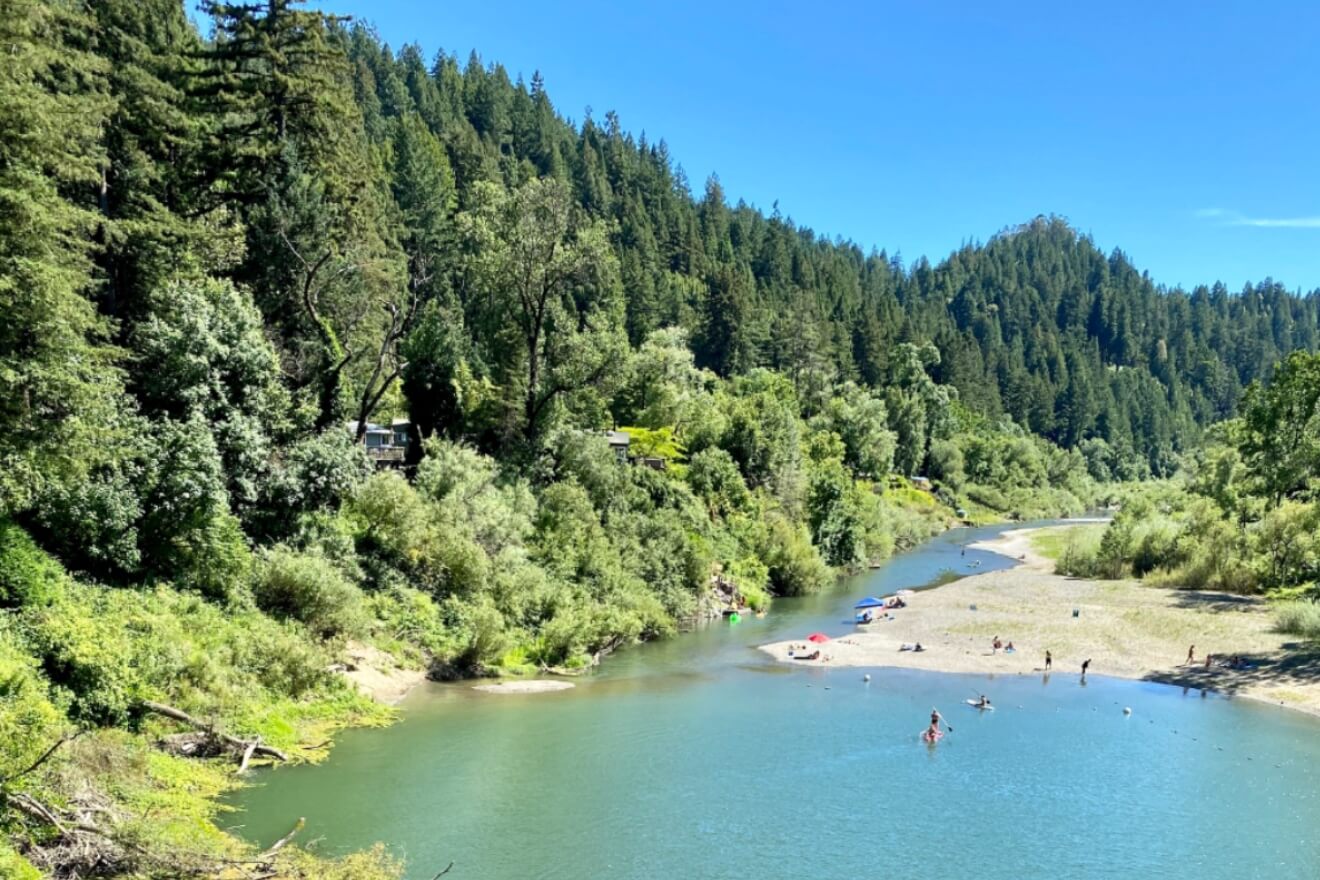In the past several years, LLC has worked with the Robert Sterling Clark Foundation on several research reports (Making Space/Taking Space; Brilliant Transformations), held space for the Hewlett Foundation Education Education Cohort, and observed our own leadership transitions and organizational shifts. Most recently, in June 2024, we had the opportunity to gather in Connecticut with nonprofit leaders participating in the Cricket Island Foundation leadership transition cohort. LLC facilitated an intentional space that encouraged awareness of leadership transitions, liberatory practices, and collective learning among the cohort. Through conversations and activities, our goal was to hold space for these nonprofit leaders to clarify their needs, gather resources, and build a community of peer support as they move through their leadership transition processes. Through this beloved community, we continue to deepen our understanding and learnings.
We know that transitions are complex and inherently challenging. They involve a lot of emotional labor from outgoing and incoming leaders, staff, board members, and other stakeholders. They pose an adaptive challenge with no one-size-fits-all solution. Therefore, we have found that executive directors often feel unprepared or alone in preparing for their transition and often experience time constraints to focus on transition planning.
Our learnings to date:
- Non-profit leaders moving through transitions do not have to operate in silos, and even though each organization’s culture and the specifics of each transition are unique, the occurrence of leadership transitions is not. Transitions are taking place across different sectors and many organizations. By creating peer support spaces or cohorts, leaders can connect, share resources, work on wicked problems, and offer support in navigating the emotions and restructuring that transitions evoke.
- Prioritizing reflection time is necessary for leadership transitions. We understand that setting time aside for reflection, especially in grassroots or smaller organizations, can be challenging because of the nature of the work, community involvement, and staff size, amongst many other factors influencing the work. When we have intentional space to ask important questions about ourselves, the organization’s work, and structure, we create space to slow down, feel, and capture our learnings. We create more intentionality and are more cautious about making decisions outside of oppressive systems and not out of a reactive space. Having time to do inner work can help us grow and work with our shadow areas. For instance, letting go of the idea of control and perfectionism. For executive directors, who often feel they carry immense responsibility for the organization’s livelihood, succession planning can be a daunting task. However, by not shying away from addressing this issue, they can alleviate feelings of being indispensable and work through how to yield power and control to others.
- Talking about leadership transitions openly and honestly as a team can help leaders feel confident in their team. For many executive directors, stepping down and handing over the reins of the organization can invoke feelings of grief, guilt, and a natural inclination to protect their legacy and the organization’s good work. Succession planning allows them to walk through the process and feelings of gradually transitioning out of their roles while still providing mentorship and guidance to their successors and staff. It also ensures that the total burden for the transition does not fall only on the outgoing leader and, later, the incoming leaders. Preparing for transitions can help alleviate the guilt and anxiety associated with leaving the organization and create a sense of confidence in future leadership. The more we talk about succession plans, the less it will be a “dirty word.”
- Adopting a learning and experimentation stance in leadership transition conversations can be transformative for leaders. When leaders approach these conversations with a mindset of curiosity, openness, and a willingness to learn and experiment, it allows them to enter a space of play and innovation. This approach encourages leaders to step outside of their comfort zones, challenge assumptions, explore new ideas, and build the ability to take on risks. It is important to recognize that leadership is not a one-size-fits-all concept. The “traditional” view of leadership often emphasizes traits such as decisiveness, control, and authority. However, there are many different ways to lead. Compassionate leadership, centered on care and aligned with personal values, can be even more powerful and impactful because it is leadership based on values and centering human beings. Leaders should be open to adopting a learning and experimental mindset because ideas evolve, change, and adapt to the changing needs of our world and organizations.
Transition questions that leaders should ask themselves:
- Is there an opportunity for structural shifts in the organization you see now? For example, will the organization benefit from considering different leadership or organizational structures, such as co-leaders or mergers?
- Imagine yourself transitioning from an organization. How would you like to be acknowledged?
- How do you want yourself, staff, constituents, and/or stakeholders to feel? Why is this important? What can be done to ensure steps towards this goal? What support is needed?
LLC Reflection Questions
- All philanthropy needs to be supporting transitions. Who are your biggest supporters, and how are they showing up? Below are some philanthropic efforts we’ve been following and/or involved in:
- Philanthropic efforts https://www.leading-forward.org/about
- Hewlett Foundation Education Cohort on Transitions Memos
- Cricket Island Foundation Transition Cohorts
- RSCF Brilliant Transformations
- Transitions will happen more frequently as workforce retention averages decrease and there is more movement in the workforce generally. How can we strengthen organizations and build leadership infrastructure to support the increased frequency of transitions?
Are you interested in connecting with others who are going through a leadership transition? If so, please reach out to us at [email protected]. We’ll start an email thread where we can exchange questions and resources.
Related Posts
December 15, 2025
LLC’s 2025 Celebrations
July 21, 2025




